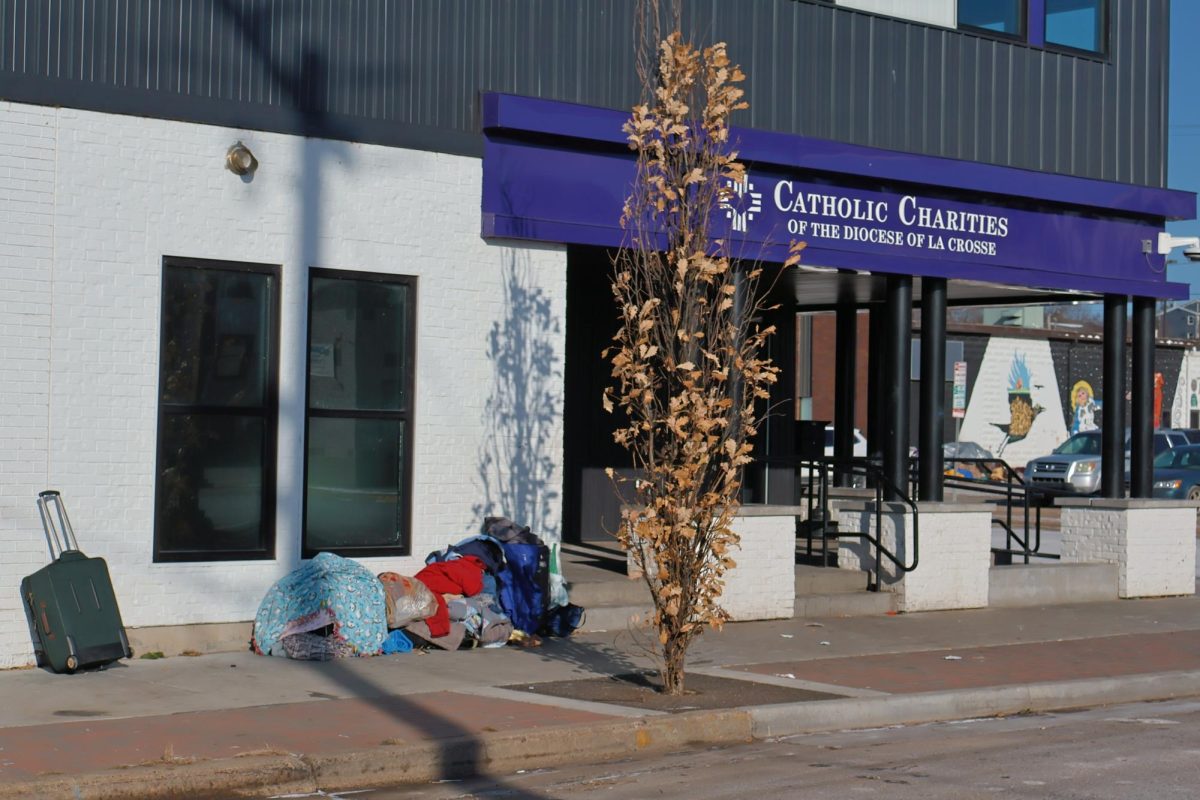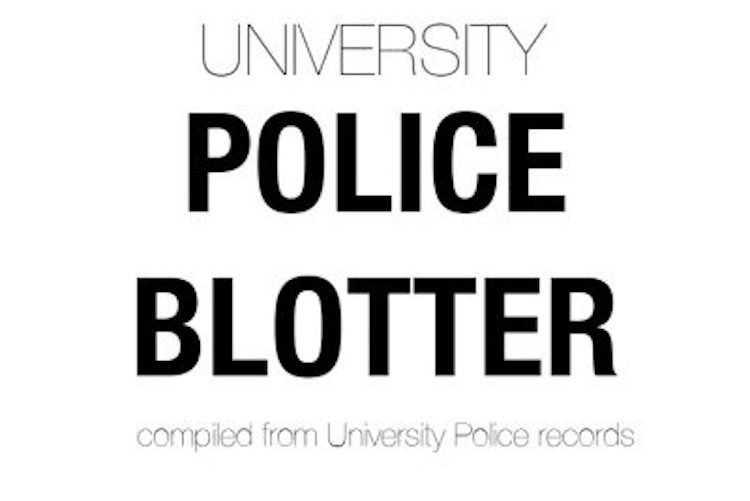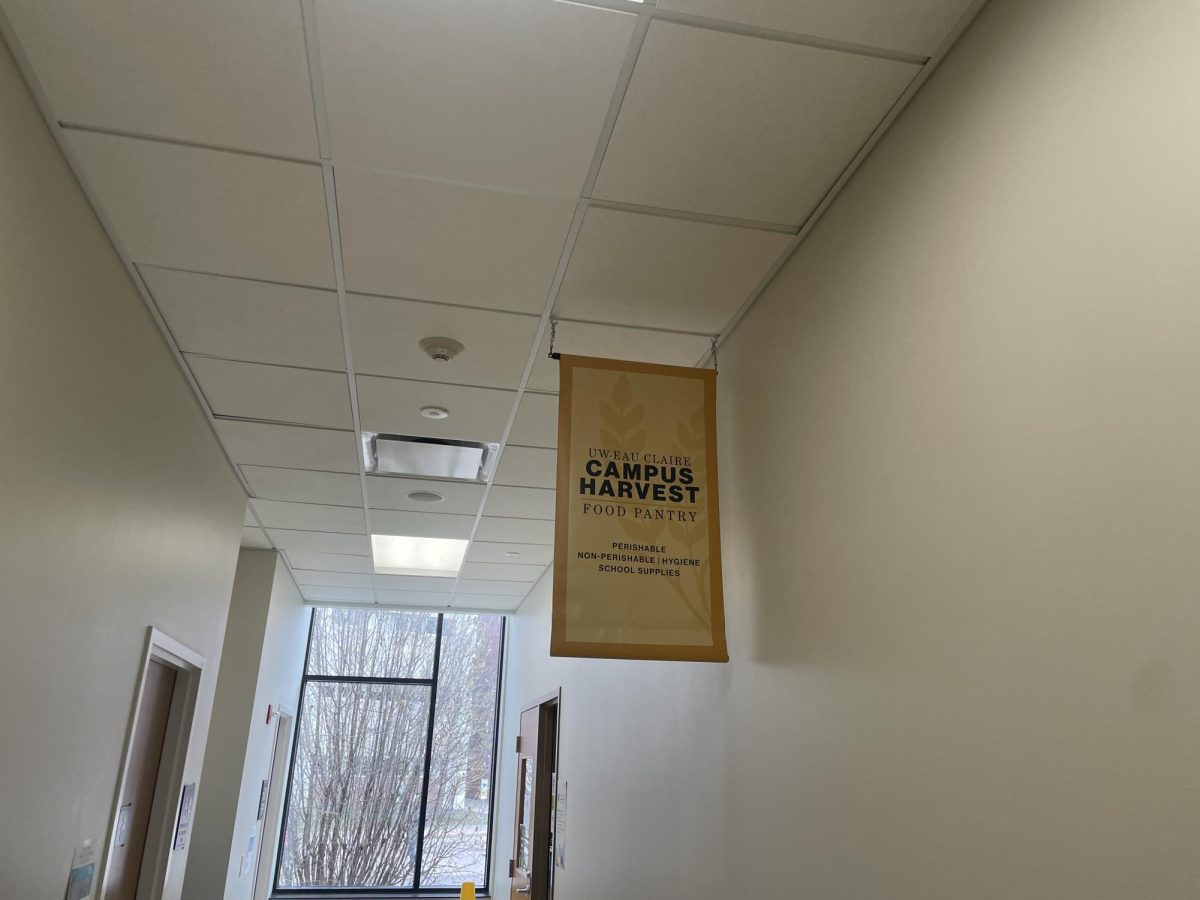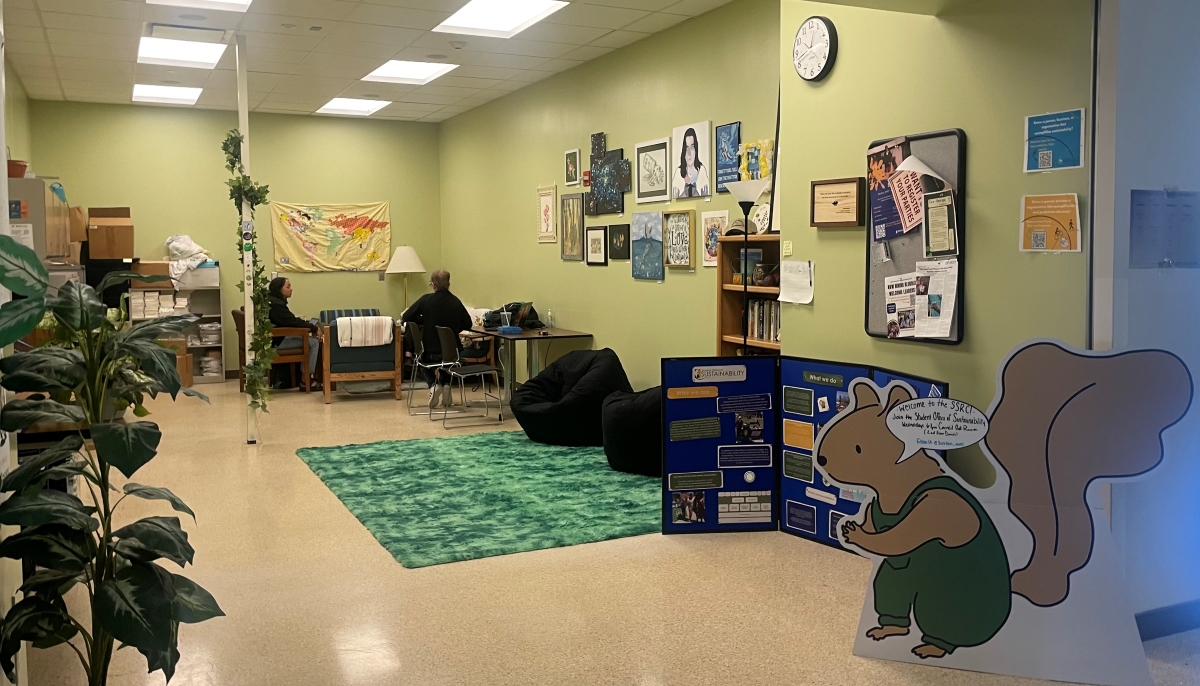When Chris Jorgenson was a freshman at UW-Eau Claire in the early 1990s, AIDS was a huge part of everyday conversation. Coming right off the ‘80s, he said, there was a lot of misinformation and fear surrounding the disease.
Now the LGBT Resource Center coordinator at Eau Claire, Jorgenson is bringing the AIDS Memorial Quilt to campus Dec. 14-16.
The quilt is the largest ongoing community art project in the world, according to The NAMES Project Foundation website. A memorial and educational tool, the quilt is a response to the 30 million lives lost to AIDS.
Jorgenson said he wanted the quilt brought to campus to give World AIDS Day a lot of publicity.
“My goal is to remind students that the conversation about HIV/AIDS should be ongoing,” Jorgenson said. “It’s an issue everyone needs to be aware of.”
The project was started in June 1987 by a group of San Francisco strangers looking for a way to document those who died of AIDS, according to The NAMES website. Displayed that year for the first time on the National Mall in Washington, D.C., the quilt included almost 2,000 panels.
Also present at the memorial, outside the Council Fire room, was the AIDS Resource Center of Wisconsin.
The ARCW is a statewide organization offering outreach services to those living with AIDS, providing education and free and anonymous testing.
Cheryl Thiede, associate director of Social Services at the ARCW, said she thought it was a great idea to bring the quilt to campus.
“The quilt is a really strong reminder that HIV is still a part of our world,” Thiede said. “It’s a powerful tool to bring a face to the epidemic, especially to students.”
Today the quilt contains 46,000 panels and includes more than 82,000 names, according to their website.
It was also nominated for a Nobel Peace Prize in 1989, and parts of it are currently on display in the Smithsonian Museum.
Jorgenson said choosing which panels to bring to campus was a challenge, but it helped that he had seen it once before. He said he knew the Council Fire room in Davies Center would be the best venue.
“I definitely couldn’t afford to fill Zorn, so I knew I wanted Council Fire,” Jorgenson said. “I ordered 28 quilt blocks that I thought could show the diversity of the project.”
After an extensive application process, Jorgenson received permission from The NAMES Project Foundation to host the quilt. Jorgenson said the final step to bring the quilt blocks to campus was to raise money for the honorarium fee — $4,000.
“I requested a special allocation of $2,000 from senate, and I had to meet in front of the finance commission,” Jorgenson said. “They unanimously agreed, which was wonderfully gracious. The full senate also approved it.”
Sophomore Laura Turner went to see the quilt with her women’s studies class on Wednesday. Although she wasn’t sure what to expect, she said she was surprised by the clear emotion the quilt displayed.
“Its amazing to see how intricate the quilts are,” Turner said. “You can really get an idea of the personalities of the people — who loved them and how much they were loved.”






